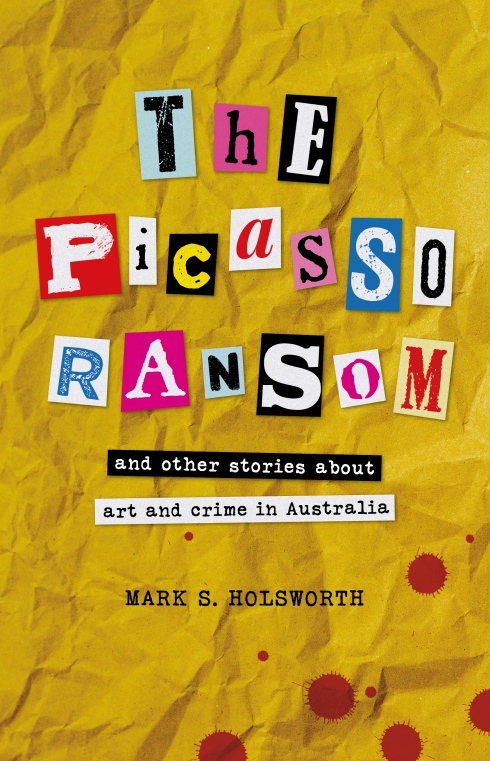I went on the “Locked Up in Pentridge D Division” on Saturday. The tour is led by former Prison Officer Dennis Bear, with former bank robber and former prisoner Doug Morgan providing colourful anecdotes and humour. Doug Morgan and his identical twin brother Pete were known as “the After Dark Bandit” in the 1970s because the police hadn’t worked out there were two of them. Both men were familiar with D Division when it was a working prison. Dennis Bear gave a short history of Pentridge and executions there, but mainly, the guides concentrated on what they knew best: the day-to-day operation of the prison in the 70s and 80s.
The 90-minute tour takes you into D Division, where there are condemned observation cells, more cells, still more cells, and an exercise yard. D Division is a three-storey granite (bluestone) building, a prison within a prison. It was used for remand, assessment, and high-risk prisoners. The architecture is a stripped-down neo-classical without the decorative elements. The building’s cross-design floor plan is like a cathedral with cells instead of pews. Seeing and feeling the physicality of the small cells, the heavy cell doors, the iron stairs and walkways, the solid stone of the buildings and the small concrete exercise yard.
At the end of the tour, there was plenty of time to take photographs and talk further with the guides. I didn’t get any more photographs of prison art or even prison graffiti as D Division has been repainted, except for the exercise yards, which are in a partially demolished state. The building hasn’t been properly preserved, and it is set up principally for wine storage now, but the tour’s main attraction is the authenticity of its guides.
This was the second tour of Pentridge I’ve been on. The first was just after the prison was decommissioned and included several buildings that have since been demolished, including the notorious Jika Jika/K Division. There are several Pentridge tours: the Lantern Ghost tour of D Division, the National Trust tours of B Division, and the D Division Bluestone College of Knowledge tour. And it is best to check where your tour is leaving from, unlike what I did.
Incredibly, there were tours of Pentridge when it was a working prison in the 1900s, with a Melbourne guidebook promising “a courteous warder will show him the cells, the exercise yards, the solitary confinement rooms, the kitchens, workshops, and school-room; in short, the whole multifarious details of life in such a place be unfolded to him, and he will spend an afternoon full of interest, though somewhat marred to reminiscence by the haunting memory of an occasional face of revolting criminal type.” (Quoted in Denton Prout and Fred Feely 50 Years Hard – the story of Pentridge Gaol from 1850 to 1900)
I’m not a fan of carceral tourism. I prefer to go to an art gallery, but as a near neighbour to Pentridge for decades and because I’m currently writing a book about prison art, I felt I should go on one of the tours. Also, full disclosure: the Bluestone College of Knowledge generously offered me a free ticket in return for a promise to write about the tour. The Bluestone College of Knowledge is run by Katrin Strohl and Dr Atalanti Dionysus.










































































